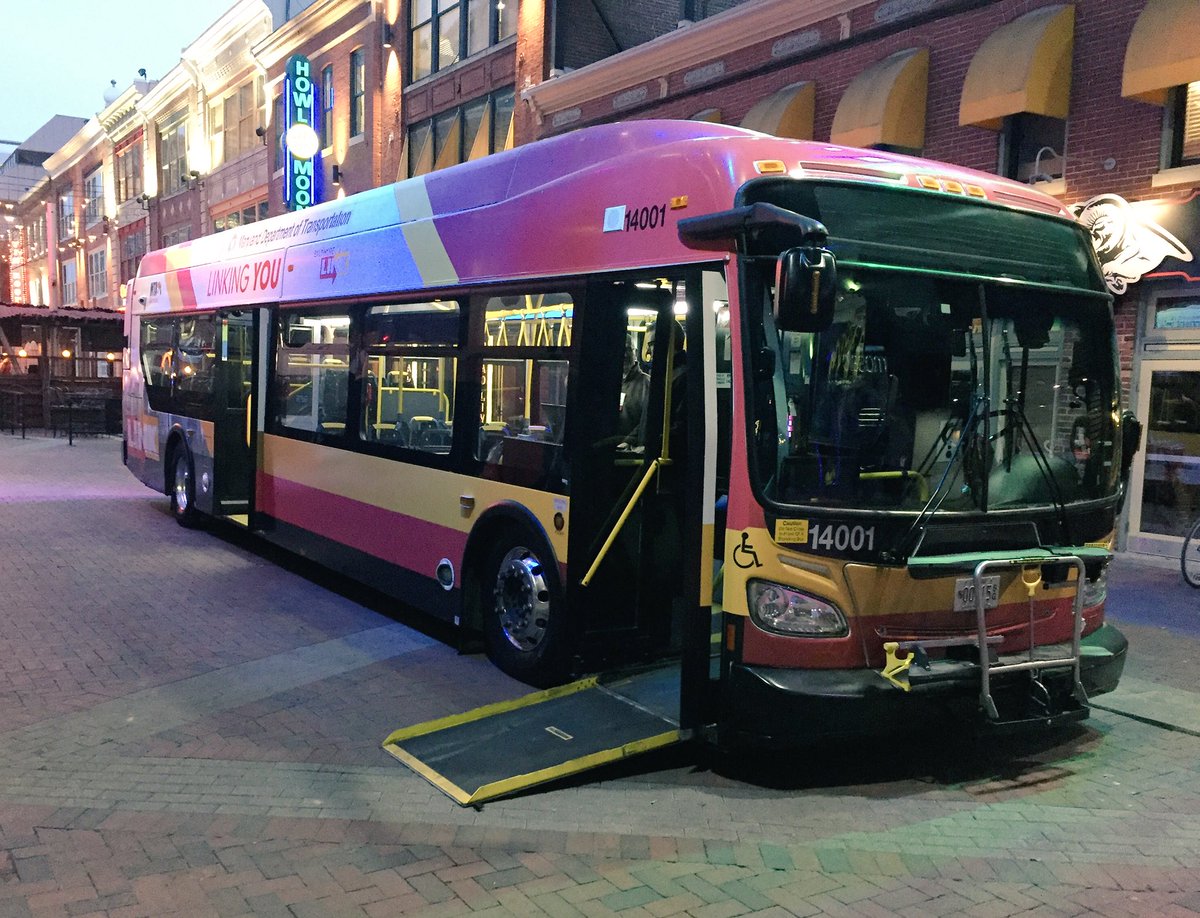A giant metal vehicle filled with a dozen or so people can strike fear in pedestrians and even other drivers. About 24,000 people are injured in bus accidents per year. This is due to the fact that most public buses have blind spots that leave pedestrians vulnerable to get hit, had they been in the wrong place at the wrong time. Technology developed by Israel-based Mobileye, which is an Intel subsidiary, is designed to cover these blind spots and save lives in the process.
On December 6, the Maryland/Israel Development Center hosted Intel to show off this new technology, featuring an MDOT bus equipped with Mobileye to demonstrate its utility to guests. A few Mobileye sales representatives, including regional sales manager Christopher Ritter, were stationed at the front and back of the bus explaining the technology to guests. Also present were representatives from Roboteam, OrCam, Mantaro Networks, and Beeper Israel.
The Mobileye Shield+ System is a collision avoidance system designed to protect pedestrians and other drivers within a bus’ blind spots. It’s designed to be “all-in-one.” A bus equipped with Mobileye will feature warning systems from the front, and provides alerts if cars are changing lanes in the blind spots. The technology also has a pedestrian collision warning and bicycle detection. It also has an alert for involuntary lane departure and monitoring for traffic signs, excess speed and safe distance. intelligent high-beam control if it features the additional hardware. Mobileye’s website explains that the company hopes its system “allows drivers to avoid and mitigate potential collisions with the most vulnerable and difficult to detect road users.”
The Mobileye launch featured guest speakers following the demonstration outside of Spark Baltimore at Power Plant Live. One of those speakers was Pete Rahn, the Maryland Secretary of Transportation, who expanded on how Maryland is investing in innovative technologies to ensure pedestrian safety, as well as mentioned Maryland’s professional partnership with Israeli corporations. Mobileye is being tested by MTA buses, but is not currently in wide use.







